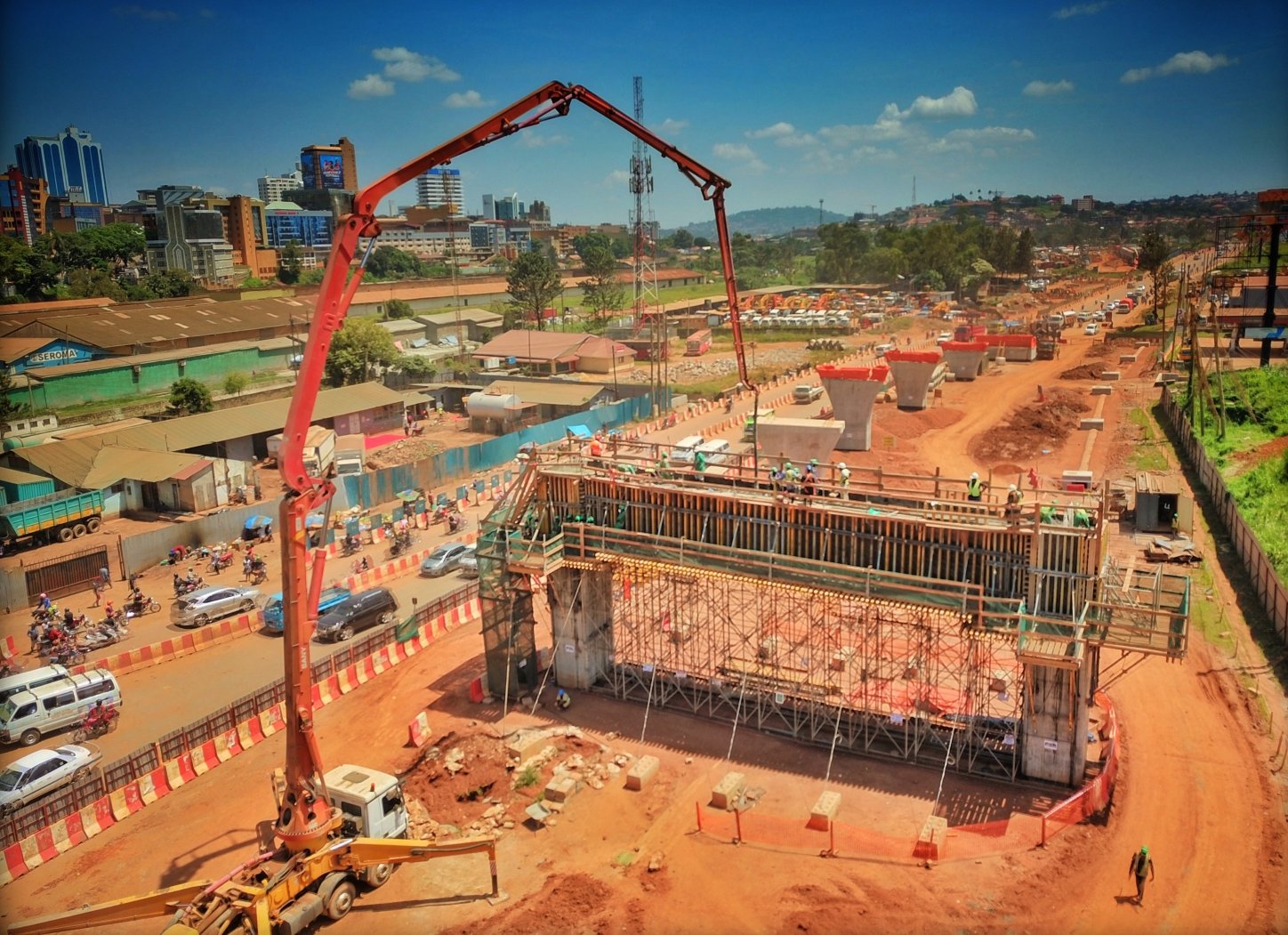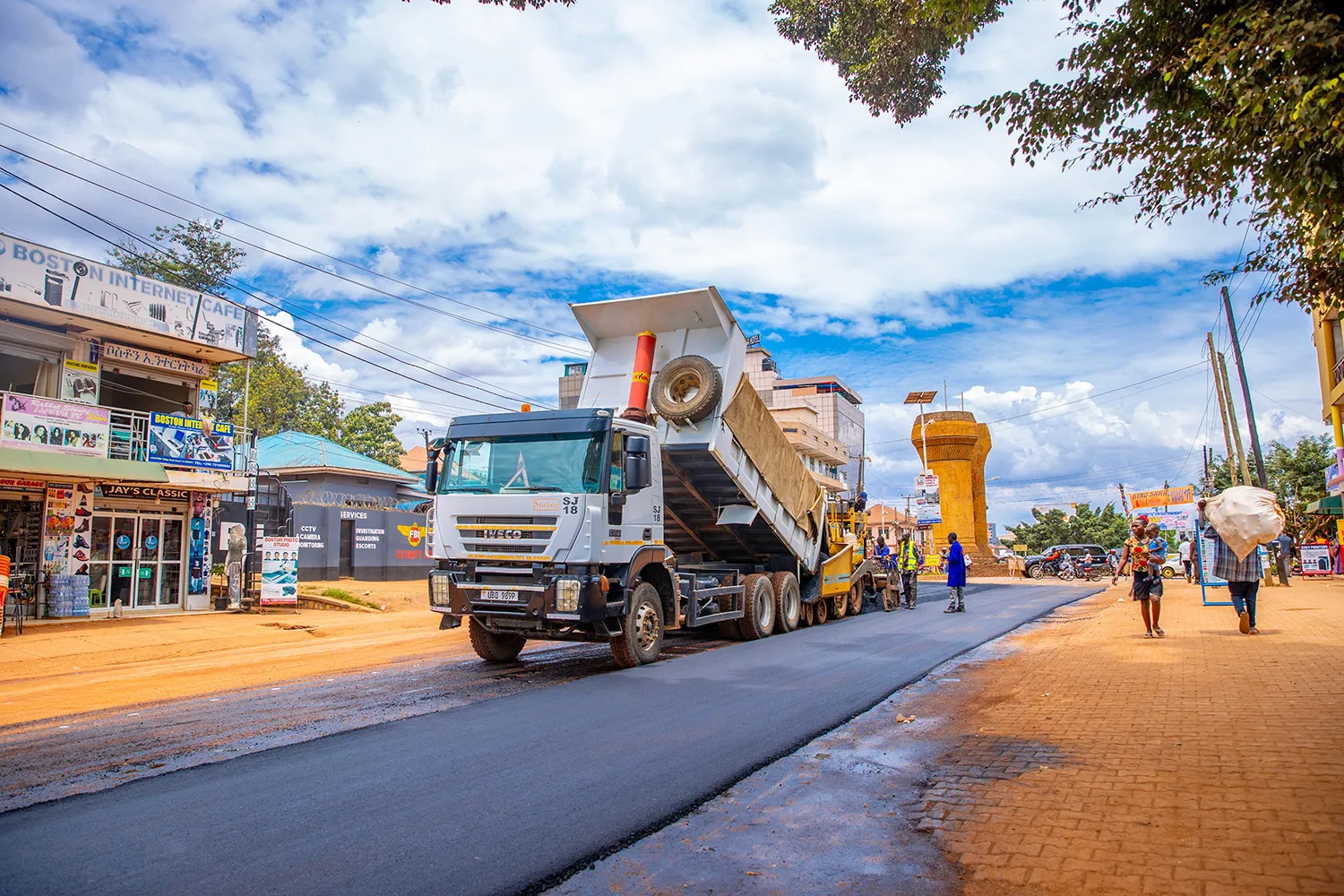KAMPALA, Uganda — Physical infrastructure, particularly road construction and maintenance, consistently commands substantial portions of government budgets. This necessitates that citizens possess knowledge and understanding of these projects, especially when government-funded or, more significantly, when financed by borrowed funds, to effectively demand accountability and the promised services.
In Kampala, for instance, a majority of road projects are executed using funds acquired from development partners such as the World Bank and the African Development Bank.
However, without initial project phases providing platforms for data sharing, including public or resident consultations and a framework for making project details public, it becomes challenging for citizens to know what to demand.
CoST Uganda, a multi-stakeholder initiative, champions transparency by disclosing data from public infrastructure investments, thereby informing and empowering citizens to hold decision-makers accountable.
According to CoST, well-informed citizens and responsive public institutions are crucial drivers of reforms that mitigate mismanagement, inefficiency, corruption, and the public risks associated with poor-quality infrastructure.
Observations across Kampala reveal varying levels of public awareness regarding infrastructure projects in their vicinities. This lack of knowledge often prevents citizens from demanding value for money, asserting their human rights, or advocating for environmental protection.
Recently completed funded projects include the reconstruction and dualling of the Nakawa-Ntinda Road and the upgrade of the Kulambiro Ring Road to paved standard, both in Nakawa Division, as well as the reconstruction and widening of Acacia (John Babiiha) Avenue in Kampala Central Division.
Another notable project is the reconstruction of East Konge Road, also known as Serwamba Baker Road (or informally “Muhoozi’s road” by Makindye Division residents). These projects are financed by the World Bank under the Second Kampala Institutional and Infrastructure Development Project (KIIDP-2) and the Greater Kampala Metropolitan Area Urban Development Program.
Uganda Radio Network engaged two residents, including the veteran Local Council 1 Chairperson of Windsor Village, Kololo III Parish, regarding their knowledge of the Babiiha Avenue project. The common response was: “we don’t know much about the road.”
Steven Kainamira, a resident, stated that they were not consulted and merely observed workers commencing road construction, later learning they were from China State Construction Engineering Corporation Limited, thus having no project details. To some extent, Kainamira excused the authorities, citing the unique nature of their village.
“You know, ours is a diplomatic village, so even if they want to consult, residents may not leave their wall fences to attend a meeting,” said Kainamira.
His sentiment was echoed by Mzee Karoli Sengoga, the LC1 Chairperson of the same village, who added that while they appreciate the quality of the road work, they cannot raise queries as they are unaware of the contractor’s specific obligations.
When asked if consultation was necessary, Mzee Sengoga’s answer was an emphatic yes. He believes consultation would enable residents to demand accountability, ascertain whether the road aligns with contractual specifications, and determine if they are entitled to benefits such as compensation or employment.
In contrast, the experience in Nakawa-Ntinda and Kulambiro Ring Road areas differed significantly, where residents were invited to consultative meetings with the Kampala Capital City Authority (KCCA) prior to project commencement.
Joseph Kamya Katende, the Chairperson of Kigoowa II Zone LC1, recounted being asked if they desired a better road under certain conditions, including surrendering land. He highlighted that one outcome of these consultations was the residents’ agreement to cede their land without compensation, as the government explicitly stated a lack of funds for such.
Follow-up meetings by committees formed after the initial consultation were crucial for monitoring work progress, according to Katende. Unlike Acacia Avenue, the Nakawa, Ntinda, and Kulambiro areas are densely populated. The LC1 Chairman of Kasaana also confirmed that consultations occurred, residents provided input, and the project largely fulfilled promises.

Ronald Balimwezo, an engineer and former Division Chairperson during the road works, affirmed that consultations were conducted before construction and continued throughout, at various levels, particularly concerning residents’ issues.
However, he noted the difficulty in obtaining information from contractors, China State Construction and Engineering Corporation Ltd (CSCEC), who appeared reluctant to disclose details. He emphasized that as citizens and leaders, they have a responsibility to monitor government projects but lack access to, for instance, design documents or explanations from contractors on certain issues. Nevertheless, he believed KCCA possessed most of the necessary information.
For example, he mentioned that many residents were unaware that certain road extensions were World Bank-funded due to their willingness to offer land freely.
In some parts of Kampala, information flow about government projects is somewhat hampered by language barriers, as non-Ugandans or Ugandans of non-Ugandan origin (who may not be proficient in Luganda or English) increasingly constitute a significant portion of the population.
However, according to Robert Settuba, the LC1 Chairman of Upper Konge I Zone LC1, some residents are indifferent to local or even government leadership and programs, “but regardless, we try to understand them.”
Also Read: Accountability for sale? Uganda court decision limits citizens’ right to know
The majority of these are from the Horn of Africa (Eritrea, Somalia, Ethiopia, and Sudan) as well as the Democratic Republic of Congo. He noted that consultations for the East Konge Road upgrade project were well-attended, and residents provided their views, having long desired the improvement.
He did express confusion, however, as to why KCCA named the road “East Konge” (which runs from Lukuli Road to the top of Konge Hill at the border with Salaama Parish), when it is known to local leaders as “Serwamba Baker Road” and to residents as “Muhoozi Road.”
Both KCCA and the Public Procurement and Disposal of Assets Authority (PPDA) concur that consultations between the public or residents and the project developer (KCCA in this instance) and contractors are vital for promoting accountability and transparency.
Chris Magoba, Manager, Corporate and Public Affairs at PPDA, explained that during the needs assessment phase, even before a final decision is made, the procuring entity consults with residents or the public and local leaders, explaining project entails to gather their input.
Access to information is crucial because these roads, like all public infrastructure, cost taxpayers billions of shillings—funds that the government repays to lenders like the World Bank and the African Development Bank.

